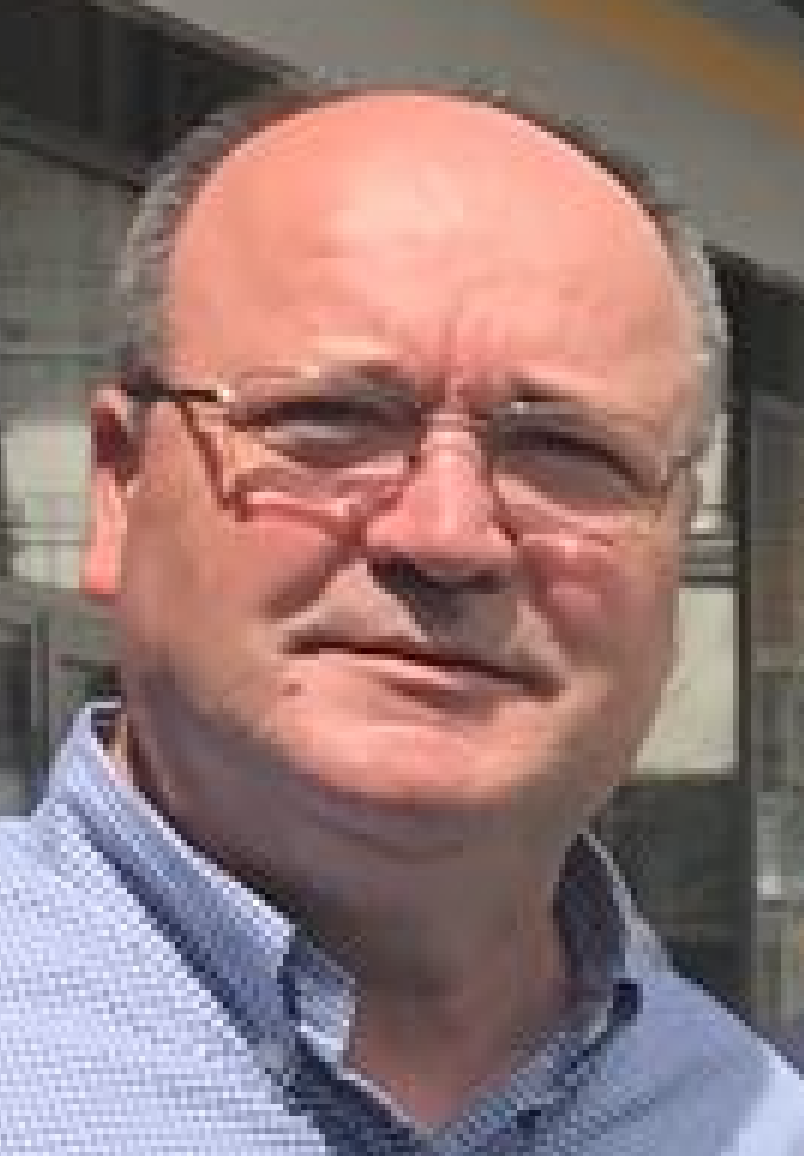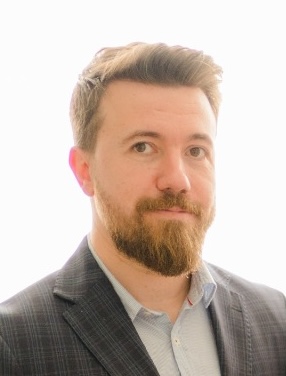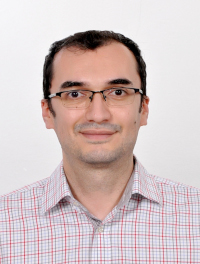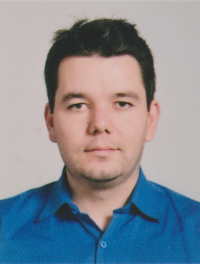Research Projects

EMPOWER
Design and Evaluation of Technological Support Tools to Empower Stakeholders in Digital Education
Given technological developments in other domains and lessons from the pandemic, there is a strong push to invest in technologyaugmented education. However, much remains unknown; for example, what technological abilities are useful in education, how they can be deployed, what training needs arise, and what shape future policies governing this should take.
EMPOWER contributes to resolving these questions by developing novel technological support for the education of children with neurodevelopmental disorders (NDDs).
This use case is, in many ways challenging, and thus ideally suited to 1) make a positive impact on the educational needs of these children, and 2) highlight the potential and limitations of technology-augmented education in a way that can inform future developments generally. NDDs affect approximately 15% of children aged 3 to 17 years.

AITECH
CERCETARE DE EXCELENȚĂ ÎN DOMENIUL INTELIGENȚĂ ARTIFICIALĂ ȘI DATE MASIVE
The AITECH project has as main purpose the increase of research capabilities, performance, and innovation of Technical University of Cluj-Napoca (UTCN). The project is focused on developing the existing research laboratories and provide support for excellence in Artificial Intelligence and Big Data research areas. Main interest domains are Big Data, IoT, Robotics, Smart Buildings, Smart Cities, Complex simulations, CAD systems, Visual Analytics, and the use of High Performance Infrastructures in Academic Research.
Through the AITECH project, UTCN aims to improve its status as an important regional and European multidisciplinary research entity, focusing on Artificial Intelligence, Big Data modelling, management and visualisation, the use of HPC infrastructures in academic research.

CloudUT
Research Cloud Infrastructure for UTCN
The CLOUDUT project aims to increase research capacity in order to raise the level of scientific competitiveness at the international level of UTCN, by creating a cloud infrastructure, called CLOUDUT, which can be integrated into national and international cloud structures and massive data infrastructures, allowing research and development in the fields of big data, deep learning, spatial data and IoT, as well as the use of these technologies in a wide range of engineering, economic and administrative applications, required by the regional and national economic environment. The CLOUDUT infrastructure will expand the possibility to participate in national and international research projects such as Horizon 2020.

CERES
Software module to classify asteroids from astronomical images using machine learning.
Near Earth Objects (NEOs) and especially Near Earth Asteroids (NEAs) are potential threats based on their proximity to Earth. For this reason, we need to constantly survey the nearby space around Earth and to continuously monitor NEOs and NEAs to prevent future impacts with our planet. Great research efforts are being done to discover new NEOs and NEAs and their results are highly important both for astronomy education and public outreach.
In this context, the CERES software module is capable of classifying detections in astronomical images and is focused on detecting/identifying asteroids. To accomplish this, we are using machine learning techniques to build up an asteroid classification model. The objectives of the CERES project are focused on:
- building up a dataset of asteroid images
- training an asteroid detection classification model
- developing a software module used to classify detections (of asteroids)
The obtained results highlighted the potential of machine learning techniques in the field of asteroid detection.

HORUS
Software Toolbox for Pedological Monitoring of Transylvanian Area based on Sentinel-2 Data
The main objective of the HORUS Toolbox project concerns with using of Earth Observation data, especially data provided by Sentinel-2, in a very practical and efficient manner, to carrying out pedology studies and producing pedology maps, in the particular context of Transylvanian area. Currently the main soil data sources in the area are represented by field studies, sample analysis and in-situ offline sensors, covering only a small region from the Transylvanian area that we are experimenting. Although oriented on Transylvanian area as the main area of interest, functionalities implemented in HORUS Toolbox will be easily adapted for pedological studies in other regions, mainly based on Copernicus products, but also enabling the integration of other data sources that might be available.

NEARBY
Visual Analysis of Multidimensional Astrophysics Data for Moving Objects Detection
The NEARBY project – Visual Analysis of Multidimensional Astrophysics Data for Moving Objects Detection has as main objectives:
- processing and analysis of multidimensional data in order to detect and identify moving objects in astronomical images;
- visual analysis of the processed images and human validation of the moving sources assisted by static and dynamical presentations;
- flexible description of the processing through the visual analytics pipeline;
- adaptive processing and synthetic tracking detection over high performance computation infrastructure.

PECSA
Experimental Computer Services Platform for Scientific and Entrepreneurial Development
The PECSA project – Experimental Computer Services Platform for Scientific and Entrepreneurial Development, aims firstly to develop science and technology in order to increase the competitiveness of local and regional economy, and secondly to improve knowledge with the potential to strengthen the economic recovery and broaden the actions. The benefits arising from this project support the stimulation of RDI and increase the competitiveness of companies in the North West region by:
- Creating knowledge for the achievement of scientific and technological results, globally competitive in order to increase the international visibility of Romanian research and subsequently transfer the results in socioeconomic practice;
- Increase economic competitiveness through innovation, impact on economic operators and transferring knowledge into the economic field;
- Increased social quality, namely technical and scientific solutions that support social development and improve the human condition.

BIGEARTH
Flexible Processing of Big Earth Data over High Performance Computing Architectures
The BIGEARTH project considers mainly the huge data of Earth Observation (EO) images, concerning on the possibility to reveal knowledge through a flexible and adaptive manner. The users can describe and experiment themselves different complex algorithms through analytics in order to valorise data. The analytics uses descriptive and predictive models to gain valuable knowledge and information from data analysis. The BIGEARTH project develops and experiments techniques and methodologies to develop and execute analytics in a very flexible and interactive manner. The flexible description of processing has impact on execution performance, user’s access to simple and complex processing algorithms, process scheduling, and access to data, knowledge, and information

enviroGRIDS
Black Sea Catchment Observation and Assessment System supporting Sustainable Development
enviroGRIDS aims at developing a Black Sea Catchment Observation System that will store, analyze, visualize and disseminate information on past, present and future states of the region to assess and predict its sustainability and vulnerability. A gap analysis will identify specific areas where most efforts are needed. As climatic and hydrological changes are of concern, their impacts on several societal benefits areas of the Group on Earth Observation will be evaluated, namely on environment and health, energy, water, ecosystems, agriculture, biodiversity and environmental risks. EnviroGRIDS will rely on ultra-modern technology using the largest gridded computing infrastructure in the world. It will serve as a benchmark for the development of the European directive on Infrastructure for Spatial Information and for the Global Earth Observation System of Systems.

mEducator
Multi-type Content Repurposing and Sharing in Medical Education, eContentplus/ Digital Content and Cognitive Systems Programme
The aim of mEducator BPN is to implement and critically evaluate existing standards and reference models in the field of e-learning in order to enable specialized state-of-the-art medical educational content to be discovered, retrieved, shared and re-used across European higher academic institutions.
Educational content included in mEducator covers and represents the whole range of medical educational content, from traditional instructional teaching to active learning and experiential teaching/studying approaches. It spans the whole range of types, from text to exam sheets, algorithms, teaching files, computer programs (simulators or games) and interactive objects (like virtual patients and electronically traced anatomies), while it covers a variety of topics.

GiSHEO
On demand Grid Services for High Education and Training in Earth Observation
The project aims at setting-up and development of a reliable resource for knowledge and associated instruments for higher education and training, using existing distributed information on Earth observation and Grid technology. This will enable higher exploitation of the potential of ESA database information and synergies orientated towards education and training in Earth observation.




